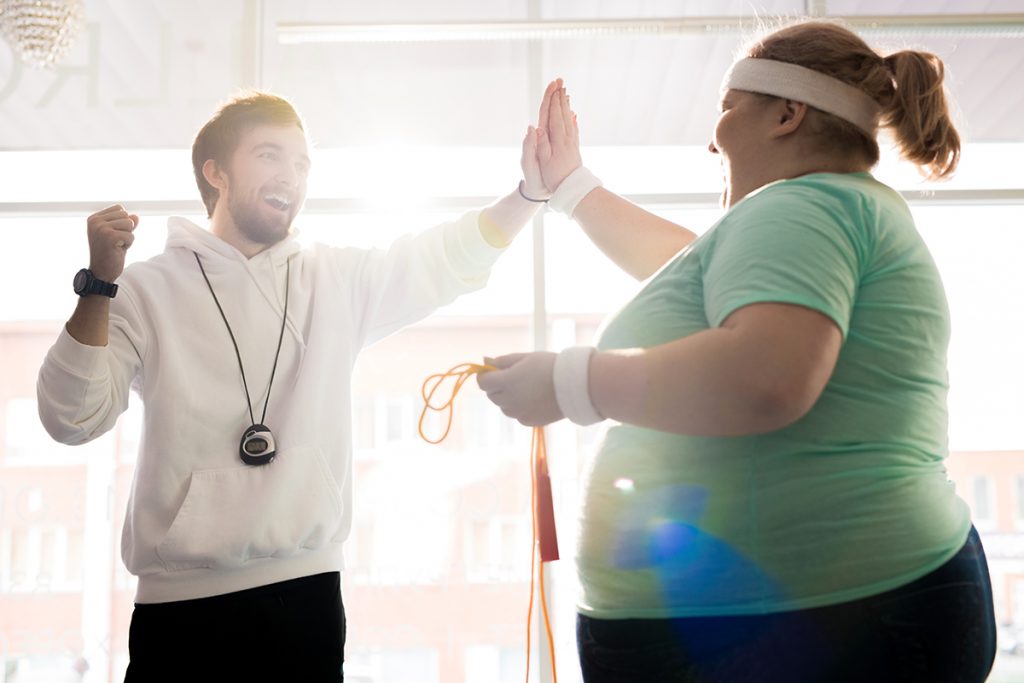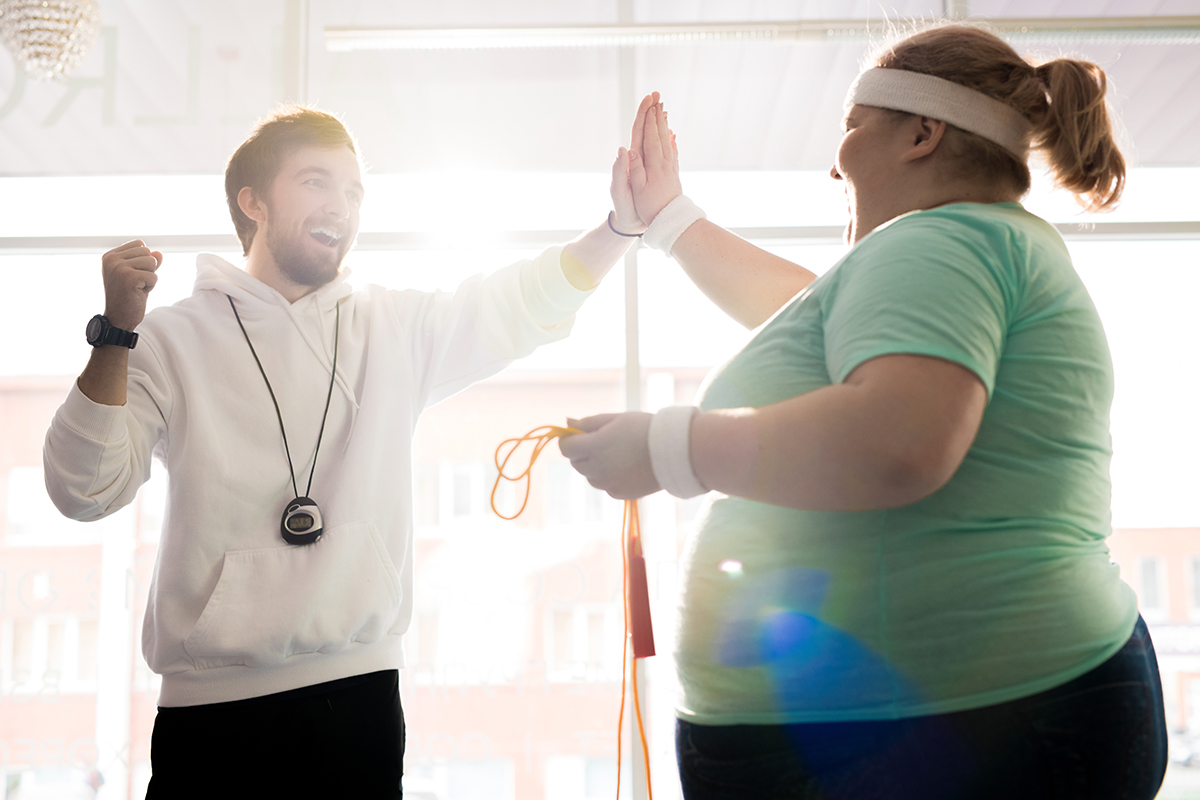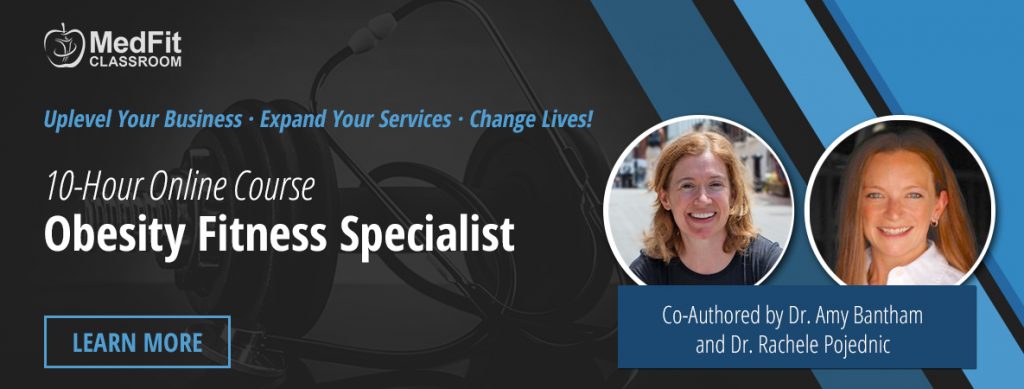Creating Welcoming, Inclusive Health & Fitness Environments for People with Obesity
Each year for the past several decades, the health & fitness industry has served approximately 20% of the population, primarily helping the fit get fitter. Eighty percent of the population joined a health & fitness center but did not stay, or never joined because they decided it was not the right fit for them. A movement is gaining momentum to change that, and to make the health & fitness industry more inclusive and welcoming of people of all different ages, shapes, sizes and abilities.
Worldwide, rates of obesity have tripled in the past 45 years. More than 42% of Americans have obesity, with the prevalence in the United States rising over 12% in the last 18 years. This presents an untapped opportunity for fitness professionals with specialized knowledge and expertise in working with clients with obesity.
Dr. Rachele Pojednic and I have developed a MedFit Classroom Specialist Course. Presented in 10 modules and requiring 10 hours to complete, the Obesity Fitness Specialist course defines obesity and weight bias and identifies the biological, developmental, environmental and lifestyle factors that contribute to obesity. It explores solutions to obesity using the Socioecological model and empowers fitness professionals to be a part of individual-level, as well as institutional- and community-level, solutions.

Learners will be able to position themselves as obesity fitness specialists separate and distinct from weight management and weight loss specialists. They will be able to create safe and effective programming for clients with obesity and inclusive environments that can lead to sustained client behavior change and health outcomes. The course culminates in a 10-step roadmap with one end goal—obesity fitness specialists who can help their clients reduce their risk of obesity-related risk factors and associated disease, discover the joy of movement, and reap the many health benefits of physical activity.
People with obesity who find health & fitness environments where they feel welcome and included are likely to stay. Fitness specialists who are able to lead with empathy and build trust are likely to make their clients feel understood and heard. Obesity Fitness Specialists have an important role to play in helping their clients with obesity achieve their health & fitness goals.
Dr. Amy Bantham, DrPH, MS, MPP, is the CEO/Founder of Move to Live More, a research and consulting firm addressing physical inactivity, chronic disease and social determinants of health through cross-sector collaboration and innovation. A certified health and wellness coach, personal trainer, and group exercise instructor, Amy holds a Doctor of Public Health from the Harvard School of Public Health. She can be reached at movetolivemore.com or @MovetoLiveMore





